Warsaw, June 11, 2024
After viewing all the exhibitions at Biennale Arte 2024 in Venice, we would like to share our insights on how different countries interpreted the theme “Foreigners Everywhere.” We also want to present our TOP 3 exhibitions and special mentions for the most memorable concepts. We will also be presenting reports from the exhibitions mentioned below on our Instagram profile @407_art_foundation.
TOP 3 Exhibitions
1. Spain – provocative works “Pinacoteca Migrante”
Spain presented, in our opinion, the most interesting approach to the theme of migration, going beyond traditional, expected frameworks and encompassing cultural, sexual, and religious migration. Curator Augustin Perez Rubio, along with artist Sandra Gamarra Heshiki, transformed the Spanish national pavilion into a museum like no other, where migration in every possible form became the center of everything. Particularly, the work “Mascaras Mestizas VIII (Trans Body: Indigenous Yuracare Woman/Young Filipino Boy) 2024” made the greatest impact on us, making us realize how difficult the subject of migration is and forcing us to imagine the power of this process by migrating from a woman’s body to a man’s body. How strong one must be to make such a move, such a decision – it allows another person to put themselves in that role and try to understand, where the word “try” is the strongest. The exhibition “Pinacoteca Migrante” is a deep interpretation of the complexity of the theme in the context of current and future times. This exhibition won our highest recognition.
2. Greece – “Dryland” curated by Panos Giannikopoulos
Greece surprised us with the simplicity and power of its message. The “Dryland” exhibition, curated by Panos Giannikopoulos, is a collective work by a group of artists: Kostas Chaikalis, Thanasis Deligiannis, Elia Kalogianni, Yorgos Kyvernitis, Yannis Michalopoulos, and Fotis Sagonas. The exhibition, mainly visual and auditory, relates to contemporary social media and immersive art, exerting a strong impact on the viewer. Greek cultural props allowed us to immerse ourselves in the realities of life in Greece, while symbolically presenting the theme of migration through the mutation of traditions, transforming rural life into a new form, moving the space of meetings from outside to inside, and even taking us later to other tracks of the entire exhibition concept, making it intriguing and stimulating for deeper consideration, especially after hearing the characteristic funeral bells. The exhibition required focus and tranquility to fully appreciate its message, which was somewhat hindered by constantly entering and exiting people.
3. France – Julien Creuzet’s exhibition curated by Celine Kopp and Cindy Sissokho
France presented a combination of installation and visual art, showing how humans start to occupy ocean and sea spaces even though they do not live there. Julien Creuzet’s exhibition curated by Celine Kopp and Cindy Sissokho allows us to feel the theme from the perspective of marine animals fighting against “foreign bodies” thrown in by humans. The unconventional approach to presenting the theme deserves recognition, and experiencing this firsthand when we tried to walk between the “objects” encouraged reflection.
Special Mentions
Omar Mismar from Lebanon
Artist Omar Mismar deserves our special mention for juxtaposing traditional forms of regional art with contemporary social themes often ignored in his home country. The exhibition is a strong manifesto, challenging conservative compatriots and making them realize that not only elements of religion can be elevated to the level of art. The exhibition drew public attention, which speaks to the artist’s power, especially since this is his first exhibition at Biennale Arte.
“Mapping Journey” – project by Bouchra Khalili
The “Mapping Journey” exhibition captivated us for a long time. It shows the true stories of illegal immigrants documenting their journey. The simple depiction of a hand drawing lines on a map with a marker, the trembling voice of an immigrant recounting their journey step by step, creates strong emotions and allows the viewer to feel the desperation and intense experiences accompanying this journey. Bouchra Khalili’s project deserves special recognition for the way it presents these harrowing stories.
Netherlands – “The International Celebration of Blasphemy and The Sacred” curated by Mohdriaan Fund
The Netherlands deserves recognition for the strength of its manifesto in the exhibition “The International Celebration of Blasphemy and The Sacred,” curated by Mohdriaan Fund. This exhibition of sculptures expresses the “gratitude” of plantation workers for the opportunity to present their works in the West, whose wealth they and their ancestors worked for. It is a powerful testimony to the contrasts and gratitude for recognition in the world of the “white man.”
Turkey – “Hollow and Broken: A State of the World” – Gulsun Karamustafa
Turkey surprised us with its unique approach to migration, presenting works that explore deep cultural and historical roots. The installations by Gulsun Karamustafa in the exhibition “Hollow and Broken: A State of the World” combine the concept of traditional forms of art with modern technologies, creating a dialogue between the past and the present. The dialogue is strong, as it shows the theoretical strength of democracy, but built today from plastic, not ancient stone. This exhibition prompts reflection on how cultural and technological migration shapes and changes the cultural identity of an entire country and humanity.
Singapore – “Seeing Forest” – Robert Zhao Renhui curated by Haehju Kim
Singapore presented interactive installations that engage the viewer in the experience of migration through VR and AR technology. The “Seeing Forest” exhibition by Robert Zhao Renhui, curated by Haehju Kim, focuses on personal stories of people/animals, allowing visitors to immerse themselves in their daily lives and challenges. Initially incomprehensible, it then shockingly strikes us and our way of looking at animals, animals as food, and humans in the animal world. Singapore’s innovative approach to the theme deserves special recognition.
Summary
The visit to Biennale Arte 2024 was incredibly inspiring and showed how diverse interpretations of a common theme can be. Cecilia Alemani emphasized in her statements that the goal of the event is not only to present art but also to provoke reflection on contemporary issues and the diversity of human experiences. This year’s Biennale met these goals, offering deep and moving exhibitions.
We fully agree with this. We also noticed that many exhibitions combined various forms of expression, with visual installations being the dominant form of presentation. This phenomenon shows how society is changing and how difficult it is to present complex topics using traditional methods. There were also works by artists referring to ADHD creativity and psychedelic art as signs of current times. Productions and installations combining visual effects are faster and easier to absorb, reflecting the impact of social media culture on how viewers perceive the world. The contemporary audience, accustomed to the speed of decision-making, can quickly dismiss works that do not contain visual and auditory effects.
The long-term goal of our foundation is also to organize a side exhibition during the Biennale, where we can show how our protégés see the theme. Therefore, it is important to support the foundation’s activities, which aim to promote Polish art abroad. We encourage you to support our activities here.

